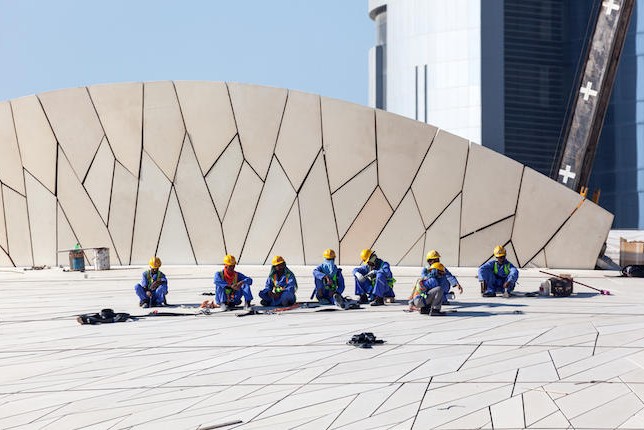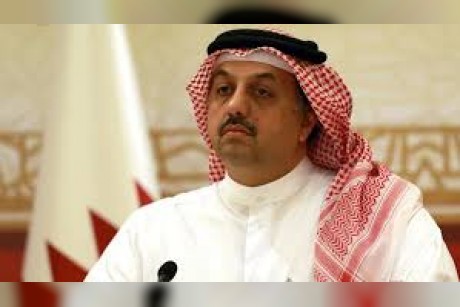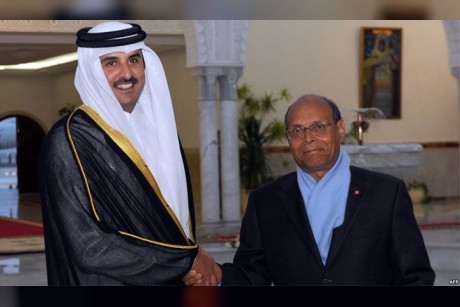Almost a decade in the making and at an estimated cost of $434 million, Qatar's vast national museum, designed by French architect Jean Nouvel to resemble a desert rose, finally opened to the public on Thursday.
The museum is the latest move in Doha’s campaign for regional dominance in arts and culture that has seen big-ticket acquisitions, new galleries, film festivals and international exhibitions by artists like Damien Hirst and Richard Serra.
But according to the Guardian, what’s missing throughout the museum is any confrontation of the more painful side-effects of this rapid growth. Unlike at the city’s eye-opening slavery museum nearby, the sensitive territory of human rights is left well alone throughout.
It is a topic that this worldly nation should be more willing to confront head on. In 2016, a Guardian investigation into construction workers’ conditions in Qatar found alleged abuses ranging from irregular or decreased payment of wages to passport confiscation and high levels of debt bondage. Some Nepalese labourers employed at the national museum said they were paid a much lower salary than promised when they were recruited in their home country.
Facing increased international scrutiny in the run-up to the 2022 World Cup, Qatar has now introduced a minimum wage for migrant workers and says it is trying to replace the kafala (sponsorship) system with a new contractual system, and bar employers from confiscating workers’ passports. But for campaign groups like Human Rights Watch (HRW), the reforms don’t go far enough.
“While Qatar has taken some important steps to protect human rights, there is still a long way to go before migrant workers are protected from abuse and exploitation,” HRW’s deputy Middle East director Lama Fakih said in January. “As Qatar races to complete planned construction projects in time, now is the time to put in place durable labour rights reforms.”



